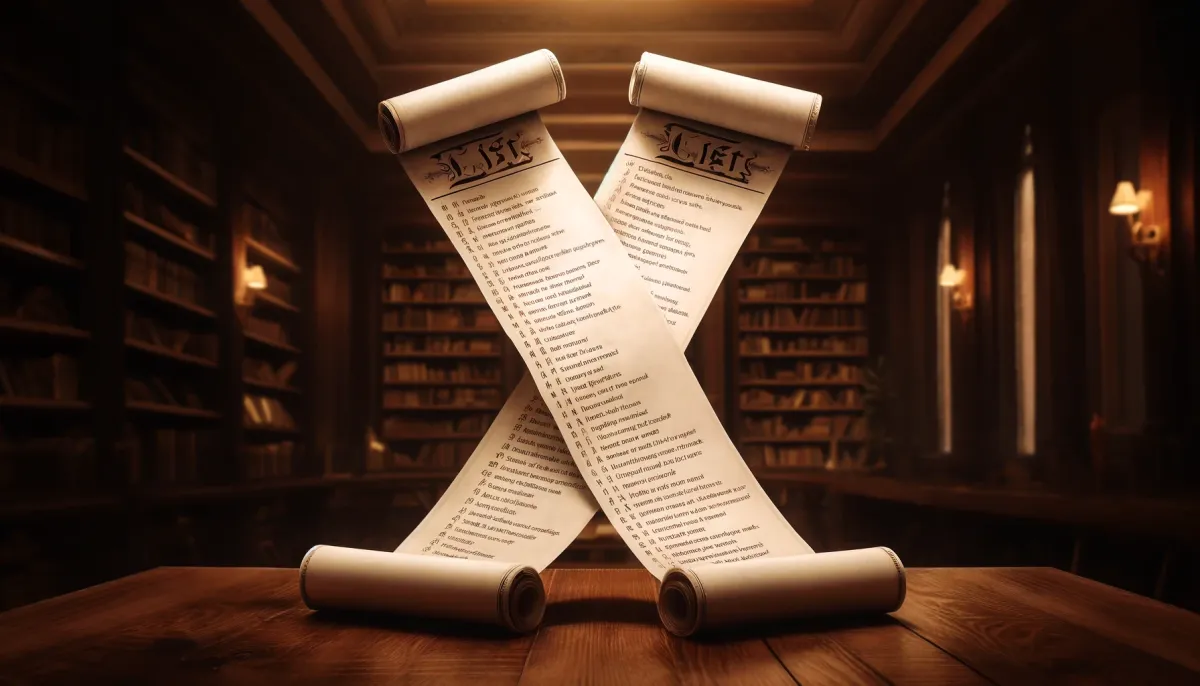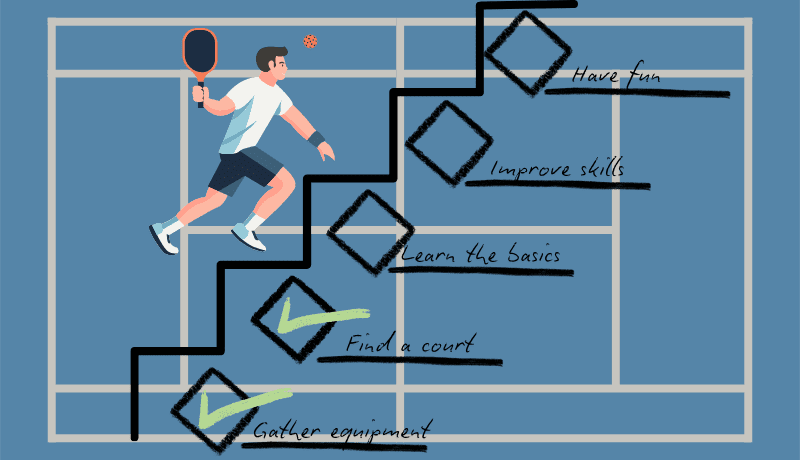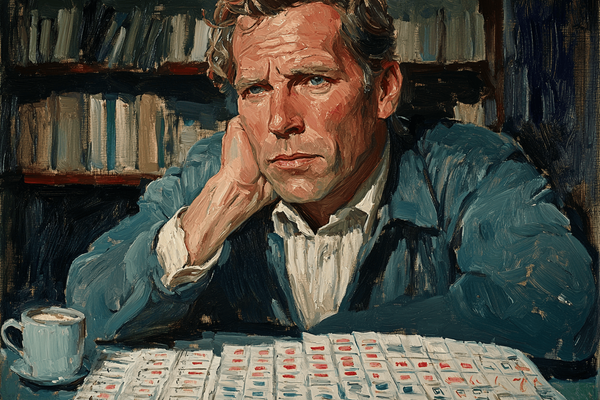So Real List. Day Planning as Lists Combination
In this article, we look at the approach of one of the Internet users to day planning with the help of two lists.

To those who don’t look much, all lists appear the same. It’s a group of some items and some special symbols to mark each. Others, who work with checklists regularly, might see that there are some differences, but not that many. But when you start digging, it’s easy to notice that you can’t still share this relaxed look. You can’t even give the universal checklist to write any other checklist because they and their circumstances are too different.
Investigating lists and checklists variations looks like an adventurous topic. They usually don’t lie on the ground below the trees, and to find more about them, you need to ask people. This blog post is the result of the first such asking and a consequent discussion. I hope that there will be more “So Real List” in the future.
On Reddit recently, I asked a question in the r/productivity community about how people use checklists. In response, one of the Reddit users gracefully shared with me the approach to do the day planning. The approach is based on using lists combined with the functionalities of the Scrivener application. This blog is more about lists than applications, so I will focus on their mechanics. We’ll go through the steps of this approach, and you’ll see its beauty. I, the author of the blog, don’t know a lot about the life of the one who responded to me, so the contents of the day will be completely imaginary. However, I hope to keep the essence of the day planning process.
Early in the morning, when the first bold golden and orange rays of sun touch the ground, the Scrivener application is opened. It’s an application for writers built around the texts and their structure. One of these texts contains the triple-sided heart of the planning system: list of routines, list of projects, and action list.
List of routines contains regular actions: daily, weekly, monthly ones. They are split into work and personal. Something like the following list.
List of routines:
- Daily
- Work
- Avoid reading emails or messages before 10:00 am.
- Ensure the planned activities correspond to project priorities.
- Invest one hour doing high-priority activities.
- Personal
- Spray the flowers:
- In the living room.
- In the kitchen.
- In the bedroom.
- Spray the flowers:
- Work
- Weekly
- Work
- Combine the results of the working week.
- Reflect on the weekly results.
- Personal
- Water the flowers:
- In the living room.
- In the kitchen.
- In the bedroom.
- Replace the towels.
- Water the flowers:
- Work
- Monthly
- Work
- Overview the monthly results of the team.
- Personal
- Plan and do a day-long bicycle trip:
- Gather food and snacks into a backpack.
- Put instruments for basic repair.
- Plan the route.
- Plan and do a day-long bicycle trip:
- Work
Something is quite straightforward, like “Replace the towels”. This is called a task. Something is more complex, like “Spray flowers”. There are 3 nested subtasks for it. The name for complex task in this system is task package.
List of projects is about the goals that don’t repeat regularly but are still important.
List of projects:
- Update refrigerator:
- Watch a YouTube video about the best general use refrigerators for this year.
- Choose the most attractive one.
- Read the reviews on it outside YouTube.
- Schedule the delivery date.
- Buy the new refrigerator.
- Update the documentation of the onboarding processes.
- Discover the current documentation:
- Look at the public electronic materials.
- Ask for the brochures HRs pass to the newcomers.
- Plan the documentation update.
- Discover the current documentation:
Now it’s time to think of this very day with the actions list. The process is to overview two other lists and combine from its tasks or task packages the list for today. There are no subtasks, as the action list should be clear and concise. For the details of the task packages, please refer to either the routines list or the projects list.
Let’s imagine that today is… some arbitrary day. We seek the relevant items in the list of routines. Then we investigate the list of projects. Priorities are visible, and here is the action list for today:
Action list:
- Avoid reading emails or messages before 10:00 am.
- Ensure the planned activities correspond to project priorities.
- Invest one hour doing high-priority activities.
- Spray flowers.
- Overview the monthly results of the team.
- Discover the current documentation.
You know, this is as beautiful as mathematical operations on sets. The only difference is that the real productivity system contains not 10 routines and 2 projects, but much more.
Thank you for reading! If you have a story about using lists or checklists to make your life, work or business better, please write. It would be great to uncover more mysteries of these two.



